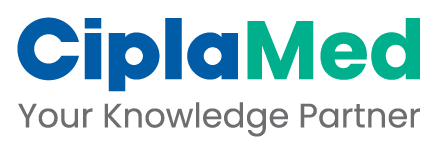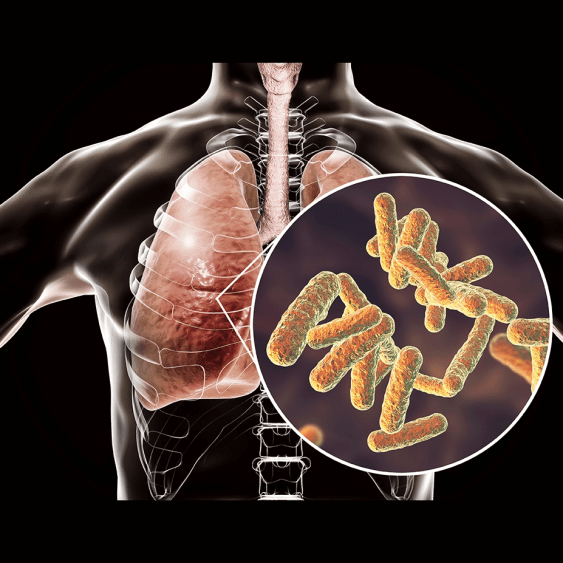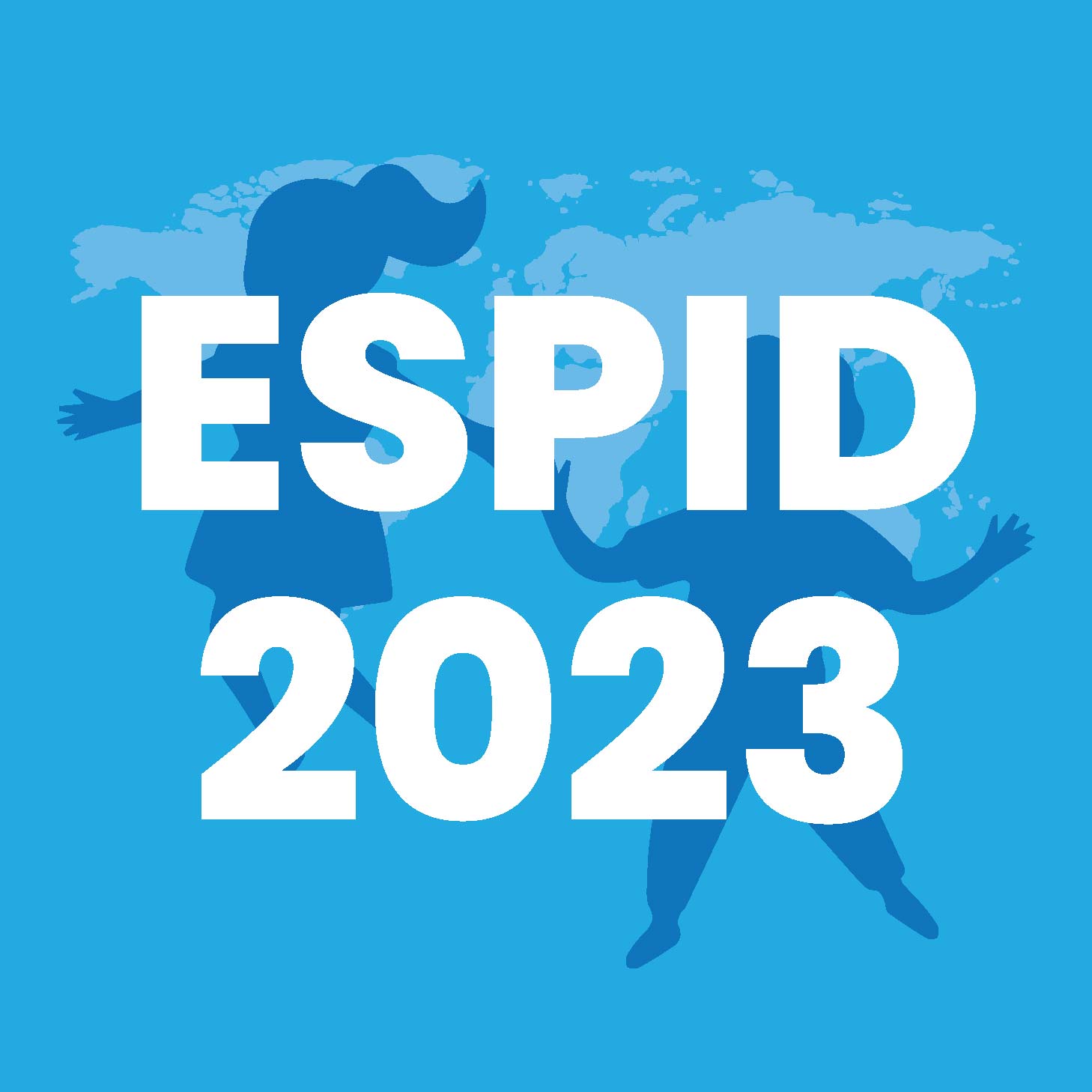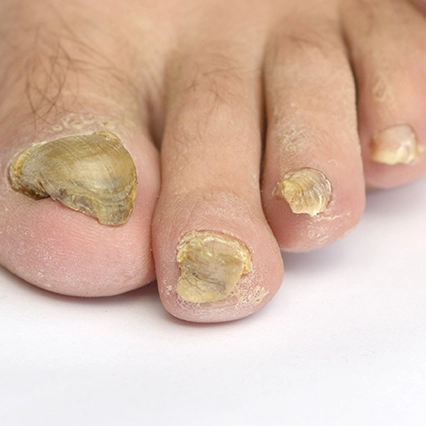Emerging Fungal Infections in Immunocompromised and Geographically Exposed Children
Speaker: Dr. Laura Ferreras-Antolin, United Kingdom
Key Highlights
Neglect of Pediatric Fungal Diseases in Global Policy:
The WHO’s 2022 Fungal Priority Pathogen List included 19 pathogens relevant to children, but pediatric-specific terms were rarely mentioned. Systemic disadvantages are faced by children in fungal disease recognition, data collection, and treatment access, especially in resource-limited settings.
Contributors to Emerging Mycoses:
Emerging fungal infections are increasingly reported due to climate change, altered ecological conditions, antimicrobial resistance, and healthcare-associated exposures.
Case-Based Global Review:
1. Azole-Resistant Aspergillus fumigatus (Spain):
-
A 5-year-old with Schwachman-Diamond syndrome and AML developed invasive aspergillosis, which worsened due to azole resistance.
-
Azole-resistant A. fumigatus was confirmed after surgical excision, but the patient succumbed despite aggressive treatment.
-
Pediatric burden is under documented due to low diagnostic yield, surveillance gaps, and limited trials for newer antifungals.
2. Candida auris in Neonates (South Africa):
-
A preterm neonate with C. auris candidemia improved after amphotericin B treatment.
-
C. auris accounted for <1% of neonatal candidiasis cases globally but was the 3rd most common pathogen in India.
-
High resistance to fluconazole (97%) and amphotericin B (67%) was noted, with NICUs heavily affected.
3. Fluconazole-Resistant Candida parapsilosis:
-
Rising globally since 2018, particularly in neonates, where it is the 2nd most common species.
-
In South Africa, >1,000 cases were reported, with 55% showing fluconazole resistance.
-
Treatment options are limited by availability and formulation constraints in neonates.
4. Sporothrix brasiliensis (Brazil):
-
An 11-year-old with ulcerating lesions and orbital involvement was treated successfully with itraconazole.
-
Transmission occurs via domestic cats, with nearly 50% of cases involving children, often presenting with facial and ocular involvement.
5. Trichophyton indotineae (India):
-
An infant with tinea corporis/cruris was treated successfully with topical luliconazole.
-
This terbinafine-resistant dermatophyte is spreading beyond India, with pediatric cases increasingly reported.
-
Challenges include atypical rashes, limited treatment options, and household re-infection risks.
Conclusion:
Pediatric fungal infections, especially emerging and resistant mycoses, are underrecognized and underreported. Children face compounded challenges, including immature immune systems, diagnostic limitations, treatment access issues, and long-term morbidity risks. A call to action is made for pediatric needs to be integrated into global surveillance, trials, and treatment development platforms.
Best Available Treatments and Options for Children in Resource-Limited Settings
Speaker: Dr. Fabianne Carlesse, Brazil
Key Highlights
Introduction and Objectives:
The focus of the talk was outlined by Dr. Fabiane Carlesse, emphasizing best available treatments for pediatric fungal infections in low and middle-income countries (LMICs). Three key challenges were highlighted: epidemiology, diagnostics, and treatment access.
Epidemiological Burden:
Fungal infections were identified as a major cause of mortality in immunocompromised children (HIV, cancer, preterm neonates) in LMICs. Significant data gaps were noted due to a lack of surveillance, with many LMIC regions underrepresented in WHO fungal disease maps.
High-Risk Pediatric Populations:
A disproportionate burden was observed in pediatric cancer patients in LMICs, where infection-related mortality was significantly higher (~80%) compared to HICs (<20%). Intensive therapies, such as Hematopoietic Stem Cell Transplantation (HSCT) and high-dose chemotherapy, were linked to increased infection risk.
WHO Priority Fungal Pathogens:
-
Among the 19 WHO-listed pathogens, Candida auris and Candida albicans were classified as “critical.”
-
Candida parapsilosis, despite its rising fluconazole resistance and relevance in neonates, was only categorized as “high priority.”
Mortality and Risk Differences:
Crude mortality from fungal infections was reported at ~40% in HICs versus up to 75% in LMICs. Traditional risk stratification was found inadequate in LMICs, with 80% of affected neonates falling outside standard risk definitions (NELBIS study, 2023).
Antifungal Resistance Trends:
Increasing resistance to fluconazole was documented in C. parapsilosis, C. krusei, and C. auris, with regional variations (e.g., 60% resistance in some African studies).
Aspergillus, Fusarium, and Cryptococcus:
-
Aspergillus fumigatus was underestimated in LMICs due to diagnostic limitations.
-
Fusarium spp. were increasingly reported in South America, requiring voriconazole with therapeutic drug monitoring (TDM).
-
Cryptococcus cases were underreported, with standard therapy (amphotericin B + flucytosine) used in <10% of African cases, contributing to 23% mortality.
Diagnostic Challenges in LMICs:
-
A 2019 survey revealed that only 9% of centers in Latin America/Caribbean met minimal mycology standards.
-
Pediatric diagnostics were hindered by low sample volumes, limited imaging access, and procedural constraints.
-
In Africa, fewer than 10 countries had fungal surveillance, and only 12% of institutions met Ente Certificazione Macchine (ECM) laboratory standards.
Antifungal Treatment Gaps:
-
Disparities in antifungal access were evident: fluconazole was widely available (98% in Latin America), while echinocandins and mold-active azoles were scarce (~30% access).
-
Voriconazole access was limited (35% in Africa, 55% in Latin America), with TDM available in only 10% of African centers.
ESCMID Global, 11–15 April 2025, Vienna




